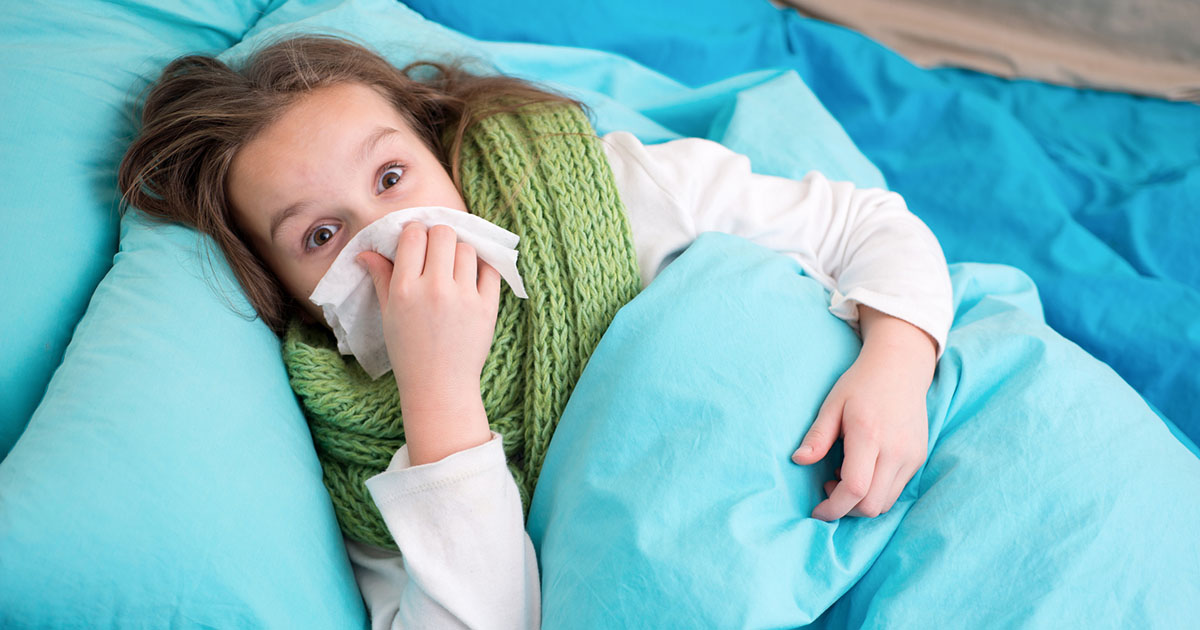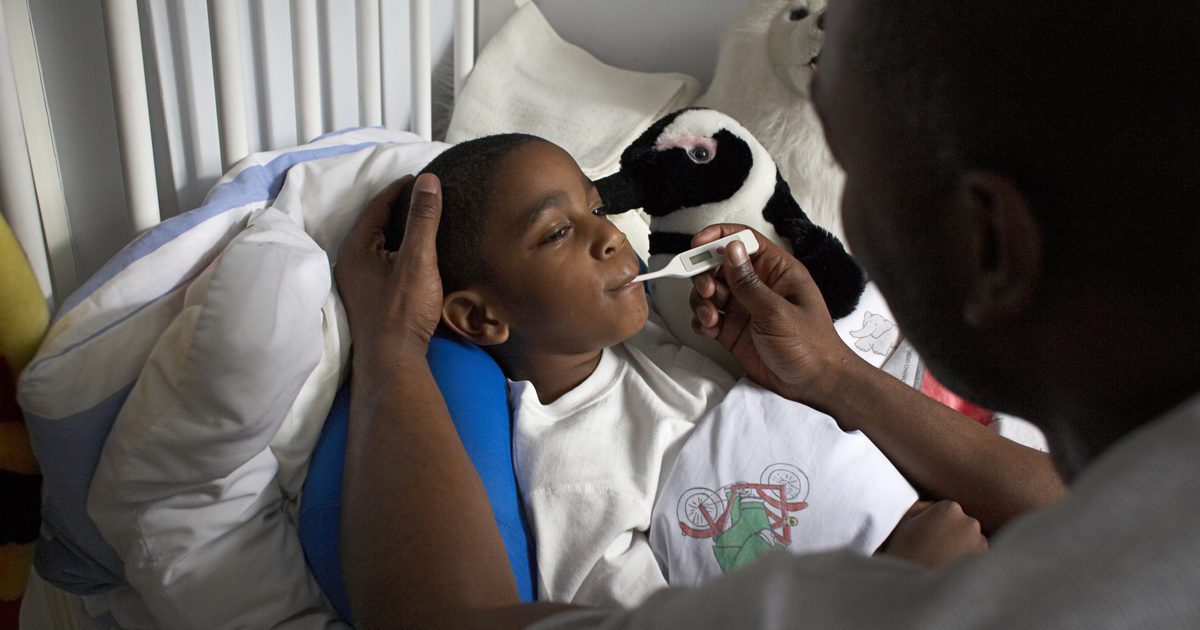Symptoms Of Fifth Disease
Fifth disease, also known and referred to as erythema infectiosum is so called because, in the past, it was the fifth illness on a list that contained common skin rashes seen affecting children. Children are more likely to develop fifth disease than are adults. The sickness is always caused by parvovirus B19. Parvovirus B19 is spread to others through bodily fluids like saliva or when an infected person coughs or sneezes. Not touching your face, eyes, and mouth and intentionally avoiding people who are sick may help prevent its spread. Reveal fifth disease symptoms now.
A Runny Nose

A stuffy or runny nose is often a complaint associated with the onset of fifth disease. An array of other flu-like symptoms usually accompanies this cold-like symptom. It can be symptomatic of other diseases as well, leading many patients to misdiagnose themselves. This is why no symptom should be overlooked, and anyone suspecting fifth disease should see a doctor for a correct diagnosis. Frequent hand washing may help prevent the spread or development of the illness. Because this symptom is common with other illnesses, fifth disease may be overlooked or misdiagnosed, but the one key identifier of erythema infectiosum is the rash. Individuals with fifth disease are typically still contagious until the onset of the rash.
Low-Grade Fever

Individuals with fifth disease usually have a mild, low-grade fever. The fifth disease fever generally does not reach extreme levels, and it may go away on its own, but should not be ignored. This symptom is commonly associated with fifth disease and can affect individuals who are otherwise in good health. These general flu-like symptoms typically manifest themselves after about four to fourteen days of coming into contact with parvovirus B19. Individuals with a fever and fifth disease are still considered to be contagious and might be advised to stay home and cover their mouths when they cough or sneeze to prevent others from getting the illness.
